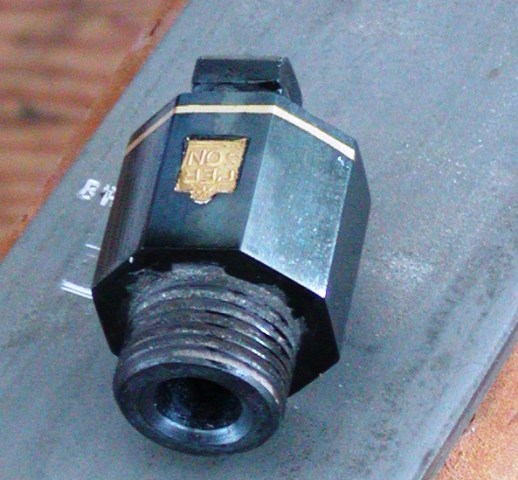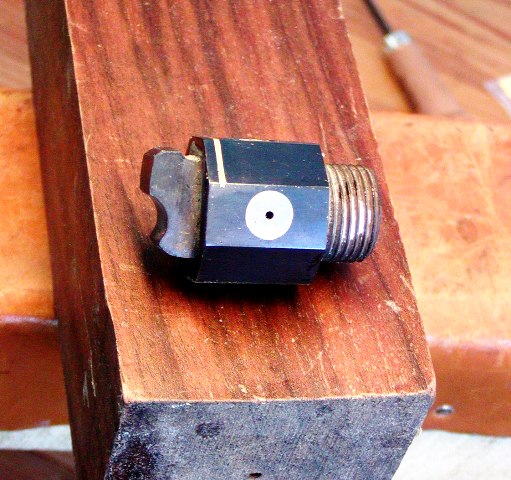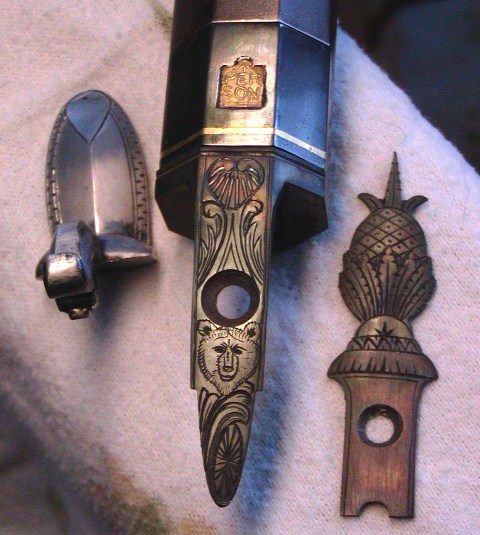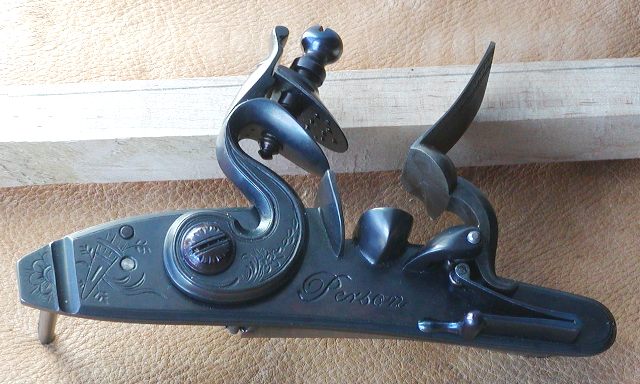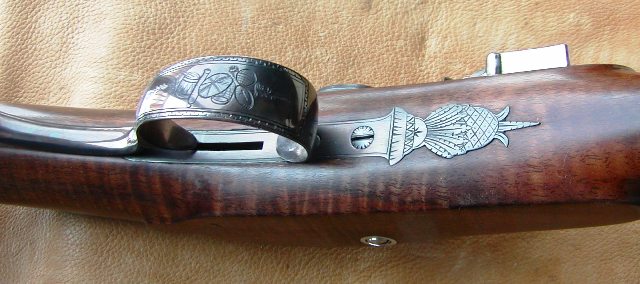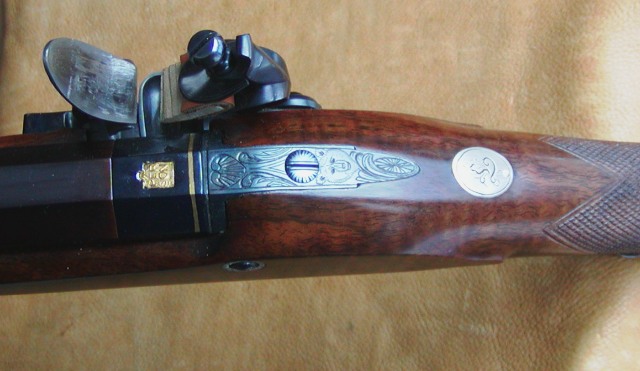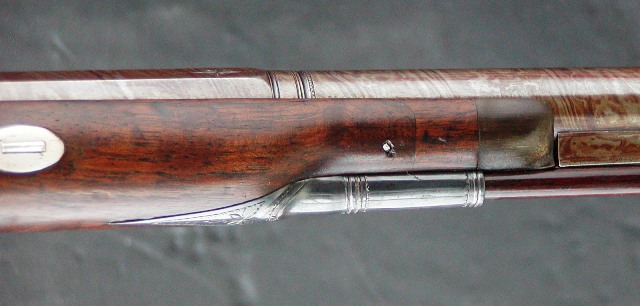Just picked up a new toy and I knew it had a fire blued lock.....but this thing is otherworldly compared to anything I've ever seen. These pictures don't do it justice but this thing is BLUE and unbelievably consistent color across the whole plate, but definitely some rainbow to the **** and pan. The rear of the plate of course wasnt as well polished and definitely has more color variation. I've fire blued parts before, but how in the world do you get this kind of consistency? Mirror polished first, very consistent forge temps, etc? This is an old small Siler built by Herman Stone from Locks&Stuff years ago, maybe he did it? Anyways, it's an acquired taste but impressive none the less. Definitely more skill, patience, and knowledge than me for sure 












